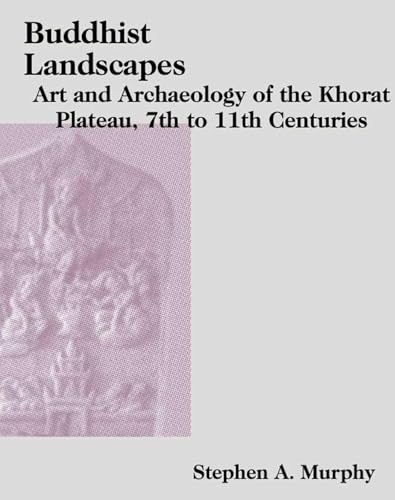Over the weekend The Age had a feature on the discoveries of urban sprawl at Phnom Kulen, which predate Angkor by a few hundred years. I’ve had the pleasure of working with the Greater Angkor Project in recent years and it’s great to see the news of the excellent LiDAR data being released to the public. Certainly much more news to come from this region! Be sure to click on the first link to watch the video.
The lost city
The Age, 14 June 2013
Archaeologists Discover Lost City In Cambodian Jungle
NPR, 14 June 2013
Lost medieval city found in Cambodia
AFP, via ChannelNews Asia, 15 June 2013
Scratched and exhausted, Damian Evans pushed through dense Cambodian jungle into a clearing where mountain villagers long ago attempted to grow rice, stepping onto a weed-covered mound.
“Bingo”, the Australian archaeologist said as he picked up and examined an ancient sandstone block. “This is a collapsed temple that was part of a bustling civilisation that existed 1200 years ago . . . it looks like the looters were unaware it was here,” he said.
Over the next few hours, Evans and a small group of archaeologists hacked through more landmine-strewn jungle and waded through swollen rivers and bogs to discover the ruins of five other previously unrecorded temples and evidence of ancient canals, dykes and roads, confirming data from revolutionary airborne laser scanning technology called lidar.
The discoveries matched years of archaeological ground research to reveal Mahendraparvata, a lost mediaeval city where people lived on a mist-shrouded mountain called Phnom Kulen, 350 years before the building of the famous Angkor Wat temple complex in north-western Cambodia.
Full story here.
























